Order by 23rd Dec 5pm for Pre-Xmas Delivery
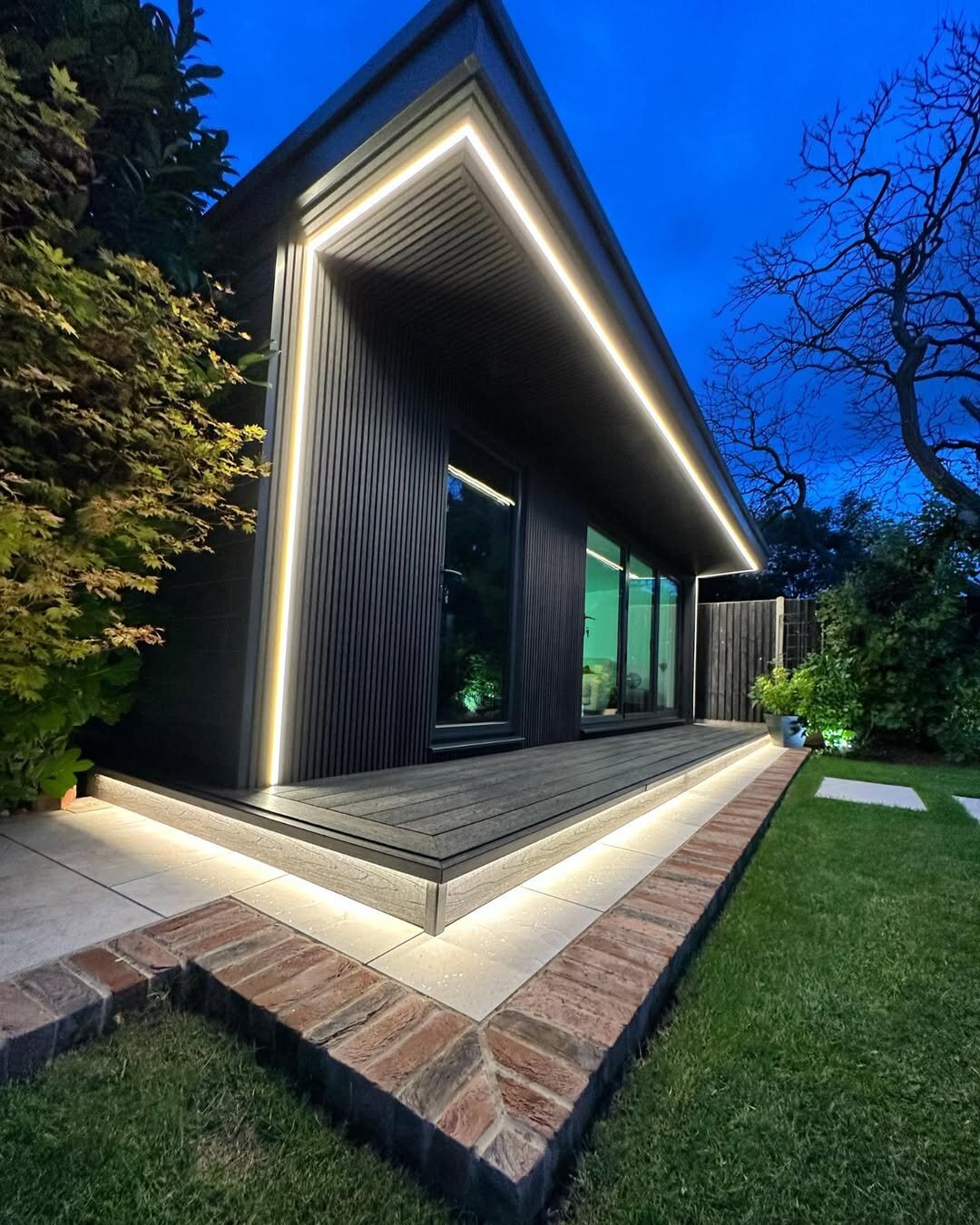
What Are IP Ratings And Why Are They Important?
Lighting professionals working across landscape design, theatres, signage, and both outdoor and indoor installations, understand the importance of IP ratings. These specifications ensure reliability and performance, offering the right level of protection suited to the specific environment of your installation.
Here, we’ll explore all there is to know about IP ratings and answer some general questions, including what exactly does an IP rating mean, how it is measured, and why it is essential for any lighting project.
Insights from George Davies, Director of Pecelec Studio Ltd, are included to provide expert guidance for professional installations.
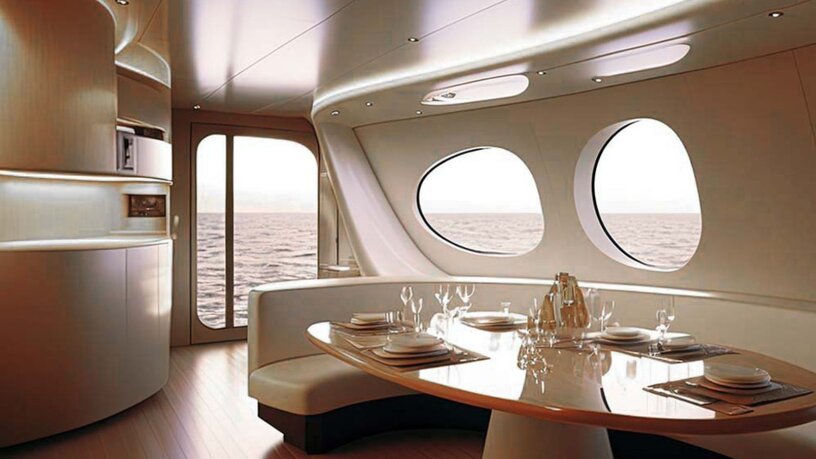
What Does IP Rating Stand For?
IP rating stands for Ingress Protection. It’s a standardised measurement that grades the resistance of your lighting equipment, fixtures, or other enclosed electronics against the intrusion of solid objects (e.g. dirt, dust, sand) and liquids.
For instance, an IP65 rating is commonly used for outdoor lighting exposed to rain, while IP68-rated products may be suitable for temporary or specified submersion in water, depending on the manufacturer's guidelines.
Understanding IP Ratings
Having a clear grasp of IP ratings will ensure you choose the right level of protection for your specific lighting needs.
Whether you're installing LEDs along a building's facade, designing wet-zone lighting in a bathroom, or protecting equipment in high-dust industrial areas, selecting the correct rating ensures long-term reliability and performance.
From how they are measured to the testing process and the most common ratings, here’s everything you need to know.
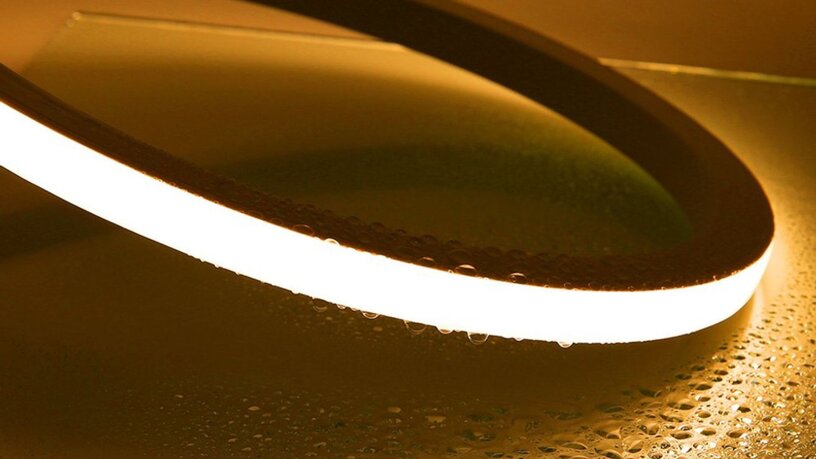
Ingress Protection - How Is It Measured?
Even with only two digits, IP ratings communicate a significant amount of critical technical information. Here’s how they work:
- The first digit (ranging from 0-6) refers to protection from solid objects - things like sand, dirt, or dust. 0 is no protection, and 6 is total protection.
- The second digit (ranging from 0-9) indicates the level of protection against different forms of moisture and fluids. 0 is no protection, and 9 is ultimate protection against high-pressure water and steam jet cleaning - although this level is mainly seen on machinery and other heavy-duty equipment.
Sometimes, a product that has been IP-rated has a number replaced by an X, for example, IP3X, which in this case indicates that it has been tested for protection against solid objects (3) but that the level of water protection has not been tested.
Similarly, IPX5 would mean the device is rated for water resistance (5) but has not been tested for dust protection.
For a detailed breakdown of each individual rating, consult the IP rating chart:
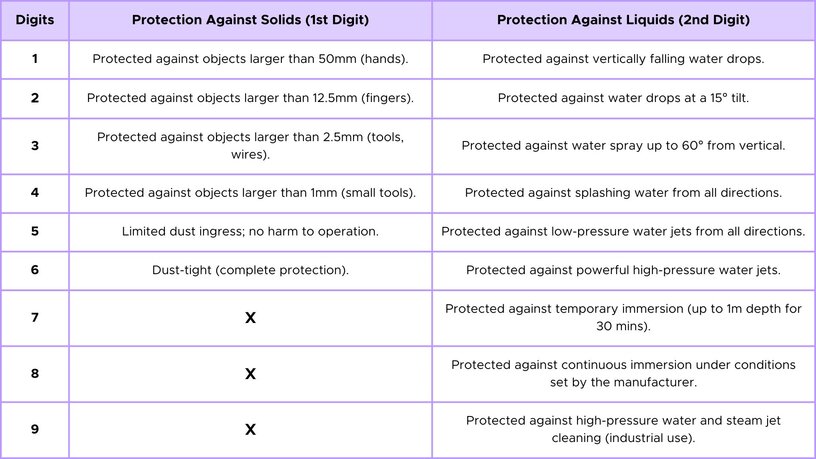
How Are IP Ratings Determined?
IP ratings are established through a set of rigorous tests based on strict testing guidelines laid out in IEC 60529 by the International Electrotechnical Commission - a global organisation that creates and publishes international standards for electrical, electronic, and related technologies.
Testing usually involves checking how well products hold up to different conditions. For water protection, testers use high-tech equipment to simulate everything from light rain to high-pressure water jets and even submerge the products in water to measure how well it's sealed.
To assess how well a product stands up to solid foreign objects, it’s put through a series of tests, ranging from simple probe checks to more intense dust testing under negative pressure.
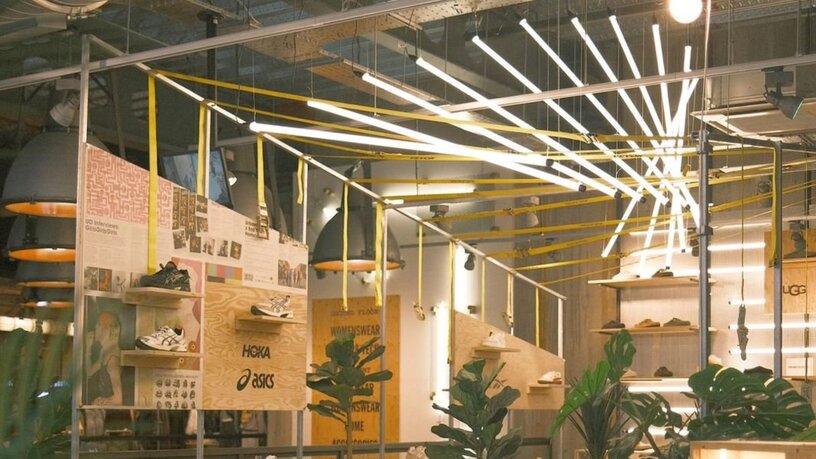
Common IP Ratings And What They Mean (IP20, IP65, IP67, IP68)
IP ratings are not a scale where a higher number means better performance. Each rating indicates a different level of protection against dust and moisture, suited to specific environments.
Selecting the right IP rating depends on the conditions the lighting will be exposed to, rather than opting for the highest number available.
- IP20 – Standard for indoor use. Provides protection against solid objects larger than 12.5mm but offers no resistance to water.
- IP44 – Common in bathrooms, offering splash resistance and protection against objects larger than 1mm.
- IP54 – Protects against limited dust ingress and splashes of water but is not fully dust-tight or waterproof.
- IP65 – Dust-tight and resistant to low-pressure water jets, making it suitable for general outdoor use. However, long-term exposure to rain, UV, and environmental conditions should be factored into installation planning.
- IP67 – Fully dust-tight and resistant to temporary submersion in water (up to 30 minutes at 1m depth). Suitable for outdoor environments where the risk of water exposure is higher, but not for permanent immersion.
- IP68 – Provides resistance to dust and prolonged submersion, but the exact depth and duration vary by product. IP68 suitability depends on installation conditions and manufacturer guidelines — permanent outdoor use or submersion must be assessed case by case.
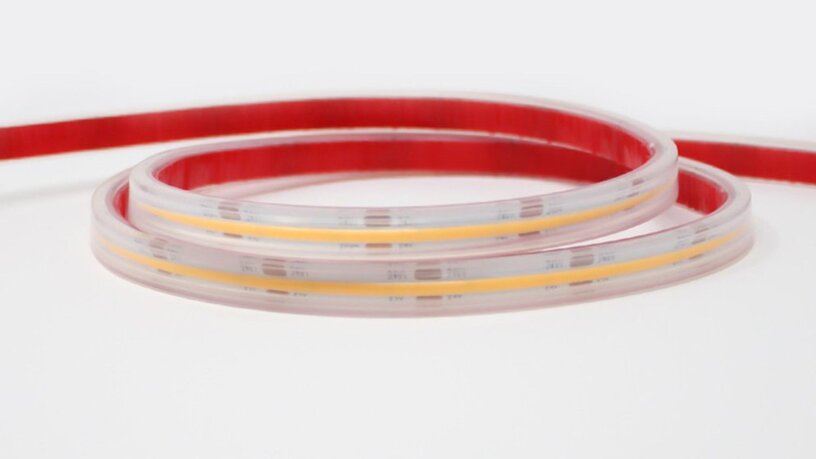
IP Ratings VS IK Ratings
While IP ratings define protection against dust and moisture, IK ratings measure a product’s resistance to mechanical impact.
However, their primary function is to confirm that an impact won’t compromise electrical safety — preventing cracked enclosures from exposing live components.
IK ratings are particularly important in environments where lighting is at risk of accidental damage, such as stadiums, warehouses, and public spaces, ensuring installations remain safe and operational even under mechanical stress.
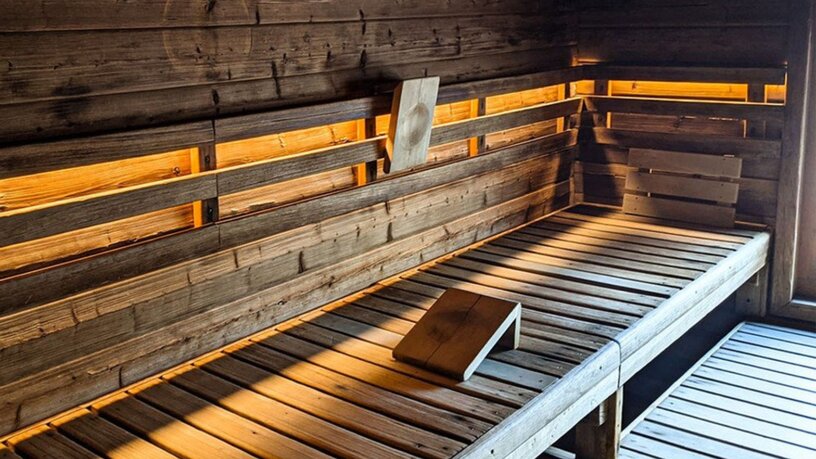
Why Are IP Ratings Essential In Lighting Projects?
Whether you're designing an outdoor architectural façade or a theatre installation with water effects, selecting the correct IP rating is just one part of ensuring long-term reliability and safety. Additional considerations, such as UV exposure, temperature fluctuations, and housing material, are equally important to prevent premature failure.
Choosing the appropriate rating ensures protection against environmental factors, preventing failures that could lead to costly maintenance or replacements.
IP ratings are essential in environments such as street-level installations, architectural lighting, and wet areas like bathrooms and marine settings.
They safeguard both lighting professionals and clients, ensuring installations can withstand exposure to dust, moisture, and weather conditions without compromising performance.
For example, an outdoor architectural installation exposed to year-round rain and snow requires IP68-rated LEDs to ensure long-term durability with minimal maintenance. In contrast, an IP20-rated LED would be unsuitable for such conditions, leading to early failure.

Choosing The Right IP Rating For Your Project
When selecting the right IP rating for your project, consider not only the environment where the lighting will be used but also factors such as UV exposure, operating temperatures, and material durability.
An IP rating determines resistance to dust and water but does not account for other environmental stresses that may affect long-term performance.
Different ratings offer varying levels of protection against dust and water, ensuring durability and performance. Here’s a breakdown of the best options for different applications.
Indoor Applications (e.g., IP20)
For indoor lighting projects, for example, within a gallery or museum, IP20-rated LEDs are ideal. Our Essential Strip Lights are more than enough to offer protection against dust and debris and deliver bright, reliable lighting.
Outdoor And Wet Zone Applications (e.g., IP65 and IP67)
When your lighting project involves brief exposure to weather or water effects, like at an open-air theatre production or along a building's facade, opting for a higher IP rating is a smart choice.
LEDs like the Tagra Toning Essentials Strip Light, the Tagra Super Bright IP65 Nano LED Strip Light, or our IP-65 rated Cut to Size Tagra LED Strip Light are designed to withstand exposure to rain, wind, sand, and dust.
However, for long-term outdoor projects, additional factors such as UV protection, housing material, and environmental exposure should be considered to ensure optimal performance and longevity. This means they’ll last the test of time and stay reliable even in bad weather.
Extreme Environments (e.g., IP68 for submersion)
For applications where exposure to water is frequent, such as fountains or pool lighting, an IP68-rated LED — like our Architectural LED Neon Flex, can offer resistance to water ingress.
However, suitability for permanent submersion varies by product and installation conditions, so it’s crucial to check manufacturer guidelines for long-term performance expectations.
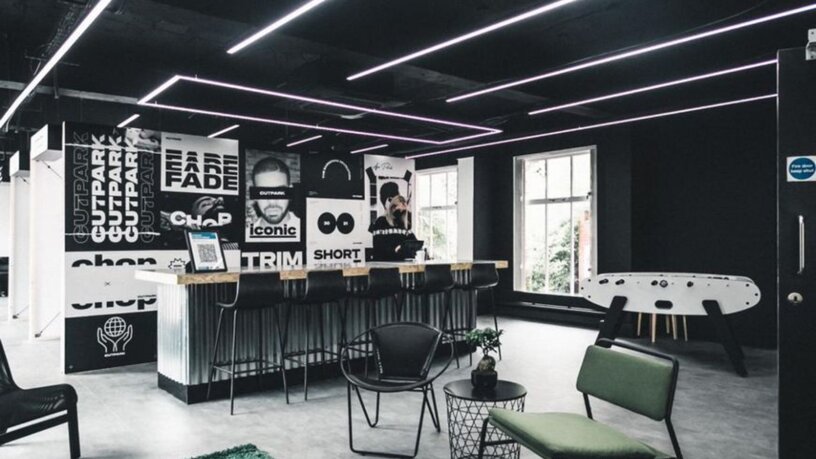
FAQs
What is the IP rating for bathroom lighting?
Bathrooms are divided into zones based on their proximity to water, and the IP rating needed depends on the zone.
Zone 1 (above the bath or shower) usually requires at least IP65 for full water resistance, while Zone 2 (the area around the bath or shower) requires at least IP44 for splash protection.
We recommend opting for an IP65-rated fixture regardless of zones, as you can never be too safe.
Are higher IP-rated LEDs expensive?
While higher-rated IPs can sometimes cost more, that’s not always the case. LED pricing varies depending on brand, quality, and features, and in many instances the added dependability works out cheaper in the long run, even if they come at a higher initial price.
Here at Ultra LEDs, discover a wide range of high-performance lighting solutions tailored to your projects, including Neon Flex, Water-Resistant LED Tape, COB LED, and more.
Get in touch with Ultra LEDs today
Whether you're looking for lighting solutions for outdoor installations, wet zones, garden projects, or architectural lighting, our team can help you choose the right product for your needs.
George Davies, the Director of Pecelec Studio Ltd, contributed to this blog with his expertise in electronics design and LED lighting. Pecelec Studio Ltd specialises in delivering high-performance LED solutions and advanced electronic systems for architectural, artistic, and experiential projects.





